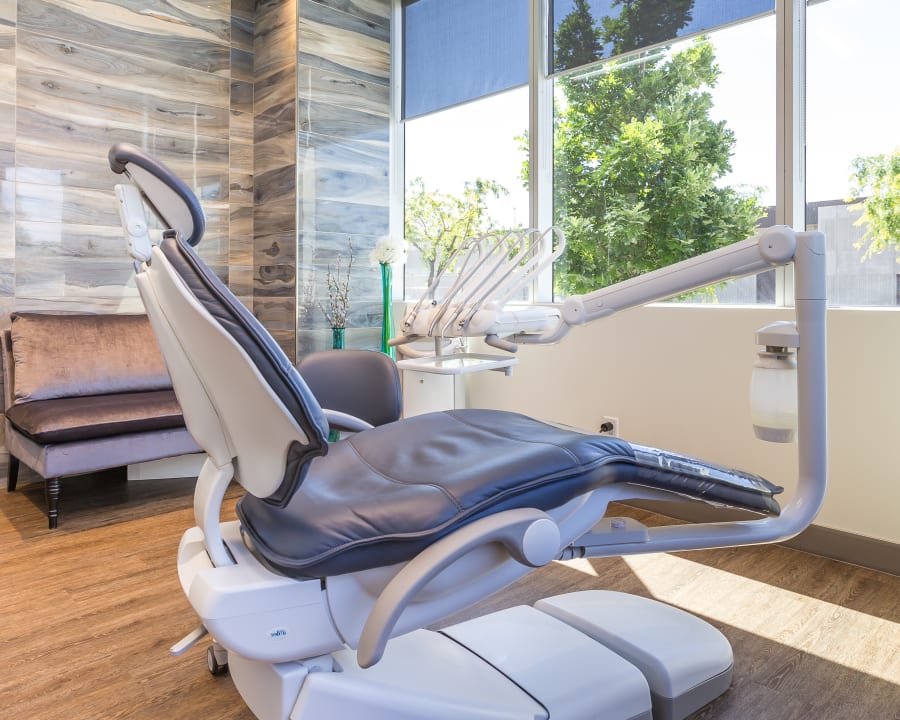
What is Oral Surgery?
Oral surgical procedures involve the diagnosis and surgical treatment of diseases, injuries and defects of the hard and soft tissues of the face, mouth, teeth and jaws.
Although we want the least invasive treatment possible for a given dental problem, in some cases, less invasive treatment options are not sufficient, requiring oral surgery.
Dental Implants
A dental implant is a small titanium screw that functions like a natural tooth root. Our dentists perform dental implant surgeries as part of the process to replace a missing tooth and assist in restoring your bite function and smile. A dental implant, together with a tooth replacement such as a crown or bridge, looks and feels much like a natural tooth.
Gum Grafts
A gum graft is a procedure where gum tissue is taken from the roof of the mouth and transplanted onto another area of the gums. A gum graft can help to address issues like exposed tooth roots and receding gums and reduce associated symptoms such as severe tooth sensitivity or eventual tooth loss.
Tooth Extractions
While it's always preferable to save a natural tooth, there are some cases where it's not possible. If a tooth is too badly damaged as a result of decay, gum disease or injury, it may need to be removed by your dentist.
Wisdom Tooth Removal
Wisdom teeth are the final set of molars that erupt in the back corners of an adult mouth. If the wisdom teeth are affecting your oral health and/or comfort, your dentist may recommend removing them to help.
Frenectomy
A frenectomy surgery is performed to remove a frenum, which is a small piece of tissue that connects your cheeks, tongue or lips to your gum area. Our dentists conduct frenectomies for babies, children and adults when the frenum is restricting function, commonly referred to as tongue-tied, lip-tied or cheek-tied.
Bone Grafts & Sinus Lifts
A bone graft is a procedure involving the addition of bone tissue to your jaw bone, making it strong enough to support a dental implant.
A sinus lift is a type of bone graft where your dentist adds bone material to the upper back jaw to raise and increase the amount of bone in the sinus area to place a dental implant.


